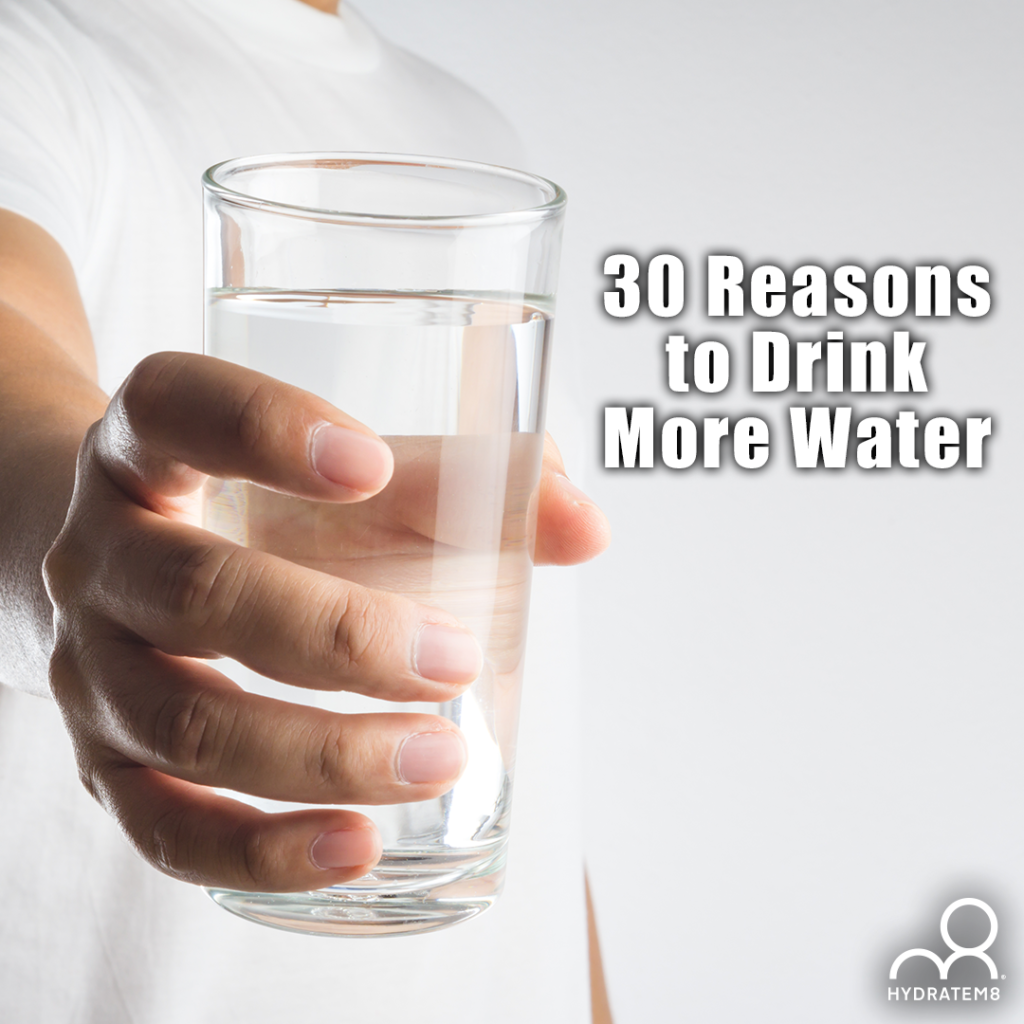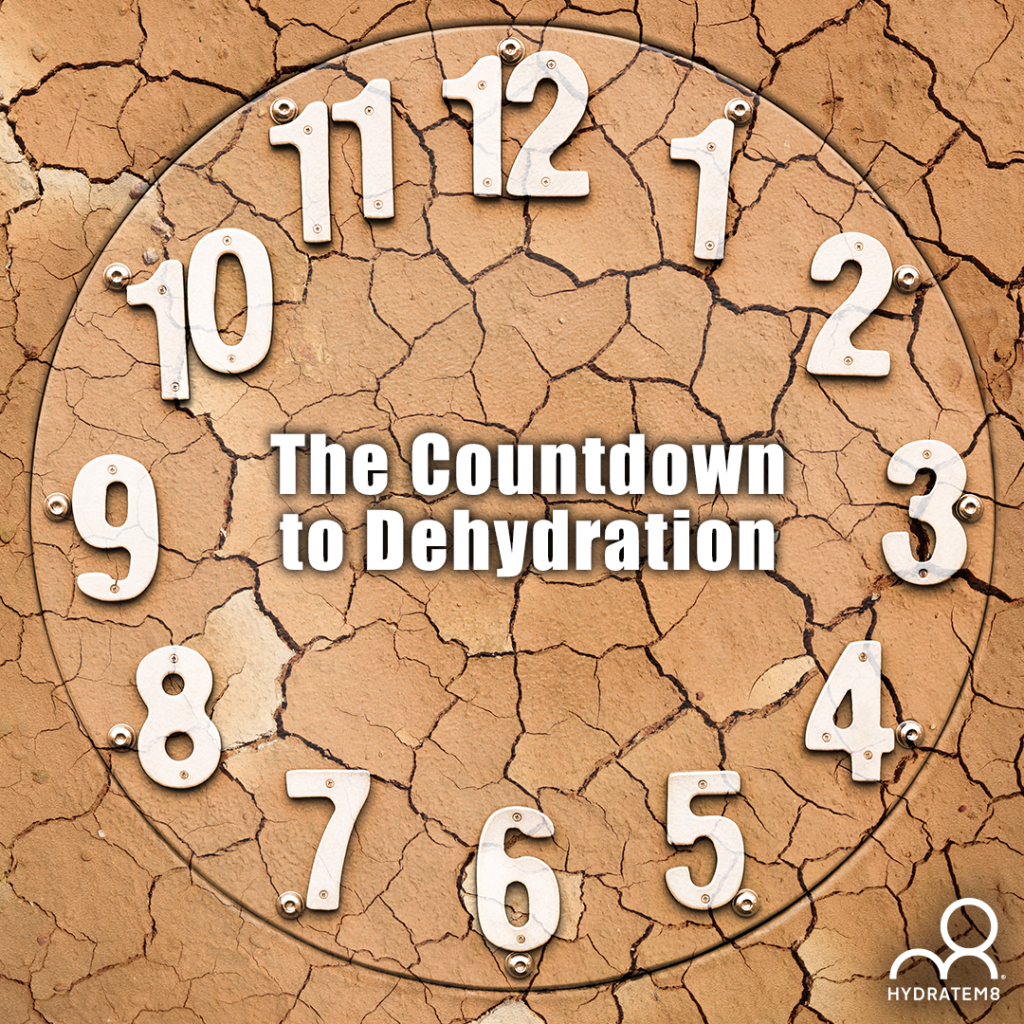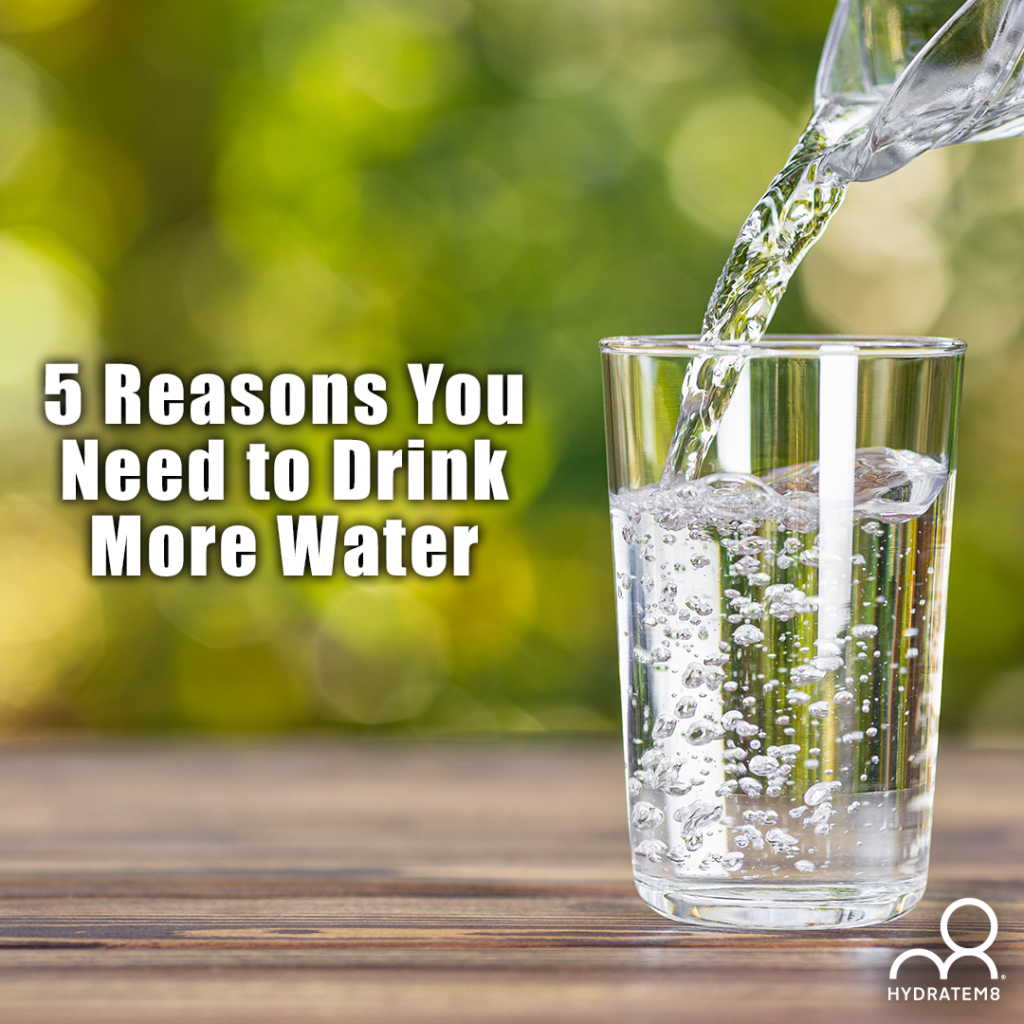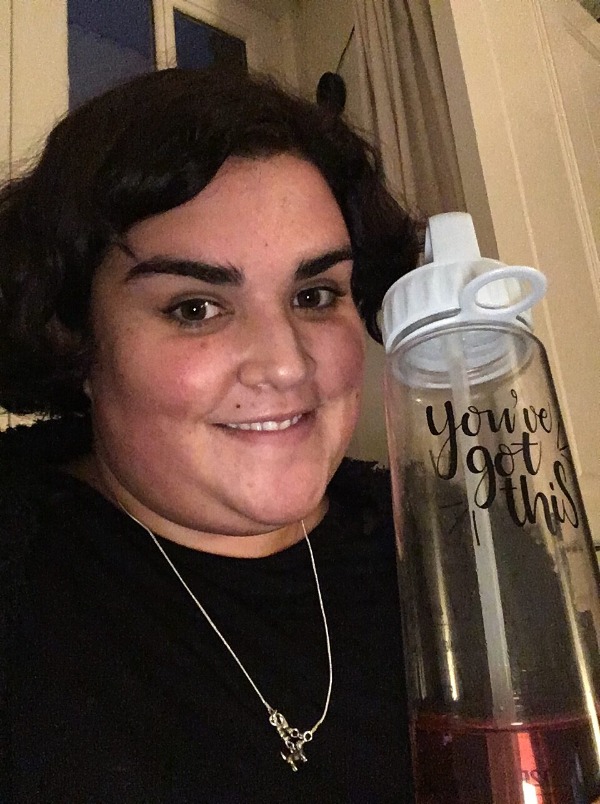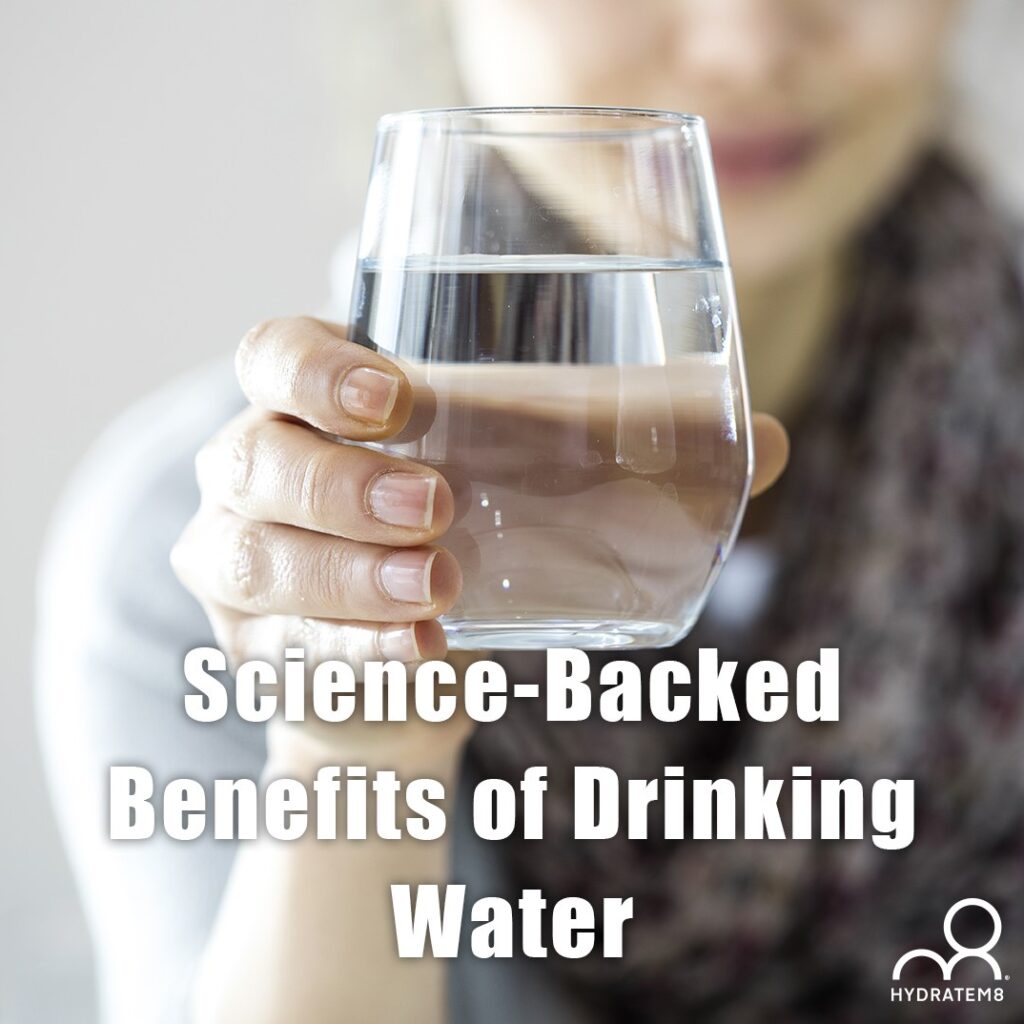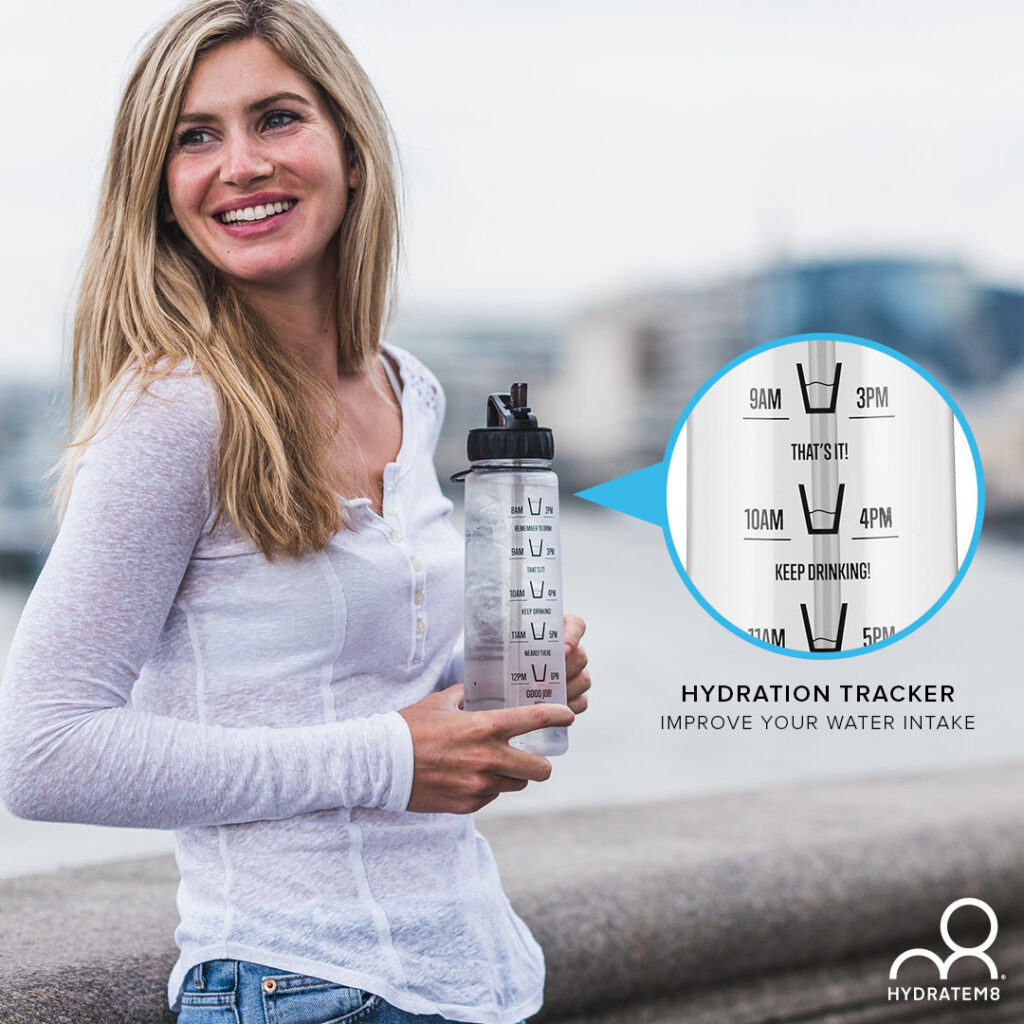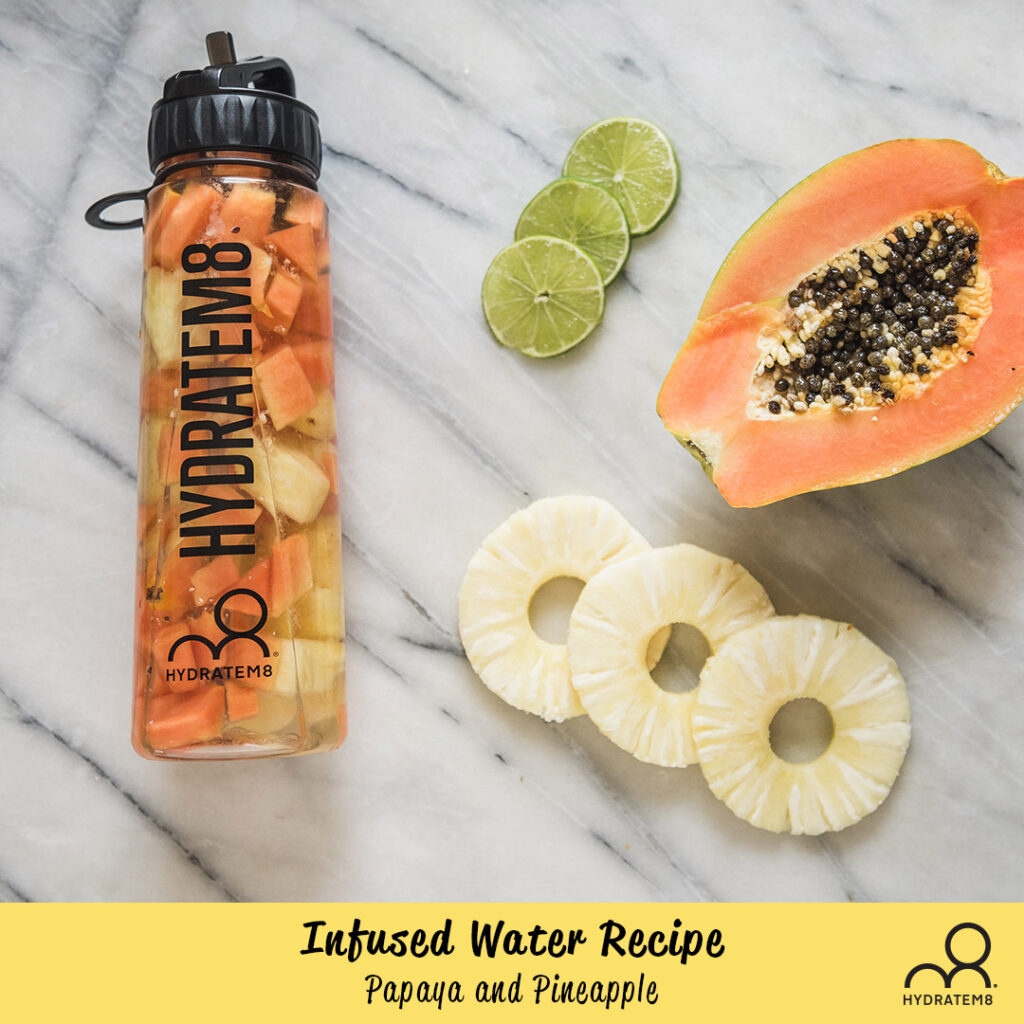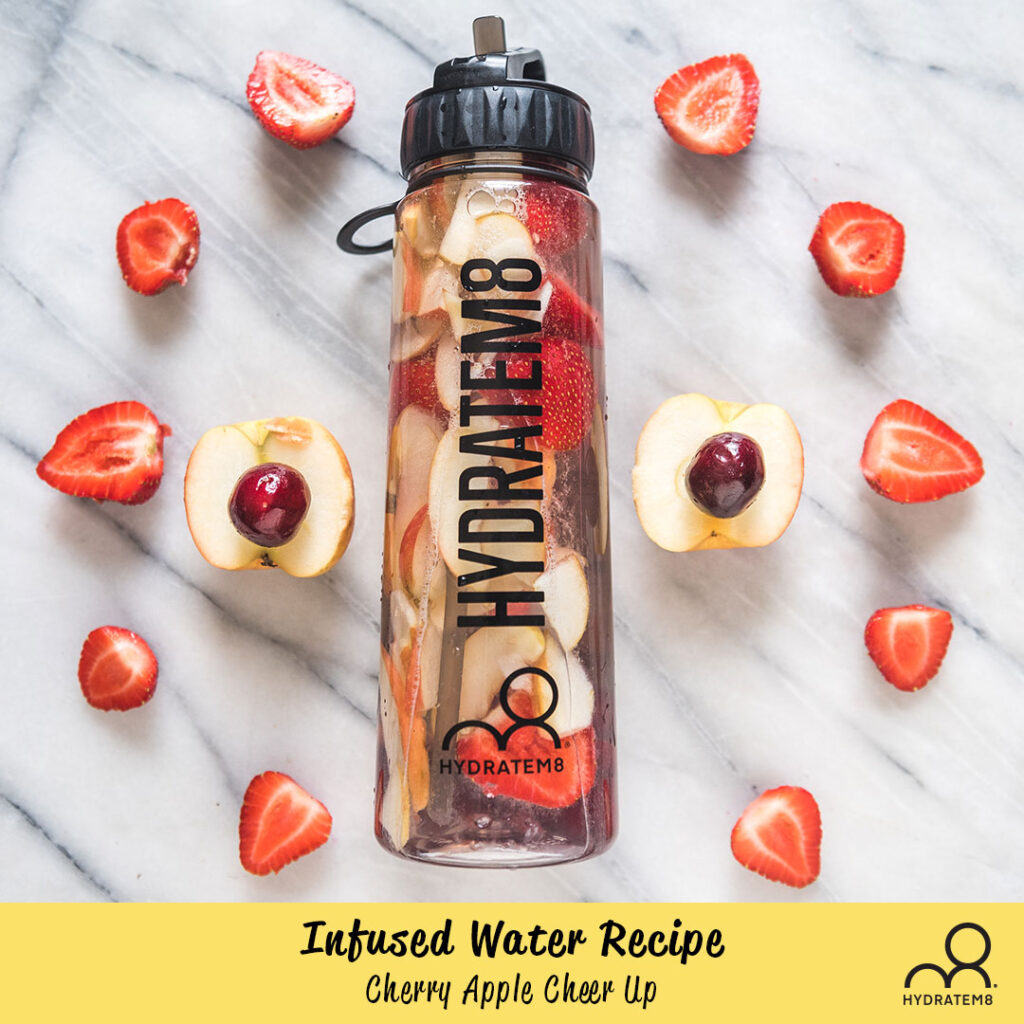Hunger and thirst are equally unpleasant sensations, but they can sometimes be difficult for the brain to distinguish. How can you tell the difference between feeling thirsty and feeling hungry? Find out how water can help you to keep your food and fluid needs separate!
It’s a familiar sensation that we’ll all be aware of – we’re going about our business, and we feel a familiar sensation starting to build in the pit of our stomach. The first reaction for most of us is to assume that we’re hungry and make a beeline for the kitchen cupboards, but we may actually be thirsty instead.
It’s the hypothalamus that’s responsible for these sensations, as this is the part of the brain that warns us that we’re running low on something – whether that’s fuel or fluid. Dehydration warnings from the hypothalamus come with many of the same sensations as hunger though, including feeling dizzy, becoming irritable, exhaustion, and difficulty concentrating.
When we misunderstand what our bodies are trying to say and start snacking when we ought to be sipping, we put ourselves at risk of gaining weight in addition to causing a negative impact on the internal organs of our body – in as well as failing to hydrate appropriately. So, how can we tell the difference between hunger and thirst?
One simple method to differentiate between the two sensations is to drink a glass of water whenever you start to feel those initial tell-tale signs of hunger. Make sure that it’s room temperature, as ice water will play havoc with your stomach muscles and add further confusion to the mix – then sit back for around fifteen minutes.
This may seem like an interminable wait when you’re convinced that you’ll drop dead on the spot if you don’t eat immediately, but you may be surprised by the results. If you find that the need to gorge has passed after this period of time, you have your answer – your body was pining for fluid, not solids.
Naturally, if the hunger doesn’t pass this means that water alone is insufficient and it’s time for a snack or a meal, but it’s always worth trying this water trick first. You should be looking to drink at least eight glasses of clear fluid per day anyway, so this is another way of ensuring that you’re getting your daily intake.
Another approach could be to maintain a journal of your food and water intake throughout the day. This may sound like a lot of work on paper, but it will benefit you in the longer term – after a set period of time you’ll start to notice if particular patterns are emerging in when you find yourself growing hungry.
Remember that our bodies lose fluid as the day progresses, so it’s highly likely that the rumbling in your stomach is stemming from your body beginning to dry out after we go about our routine. Human beings are creatures of habit, and our bodies are no different – once we have settled into a routine such as arriving at work and drinking a dehydrating, caffeinated drink to kickstart our day, the messages from the hypothalamus will start to come through with the regularity of a well-oiled Swiss watch.
Of course, a food journal will also help you keep track of whether you’ve eaten since you last took a drink. If you haven’t noticed and take a look, you might be surprised to see how quickly all those little snacks between drinks add up; a slice of toast here, a biscuit from the office kitchen there, a piece of fruit or a handful of seeds to provide an energy boost… you might find that it’s been a while since you last had a glass of water, which is why you find yourself eating more that you realise. That’s not hunger – your body is asking for a drink!
Perhaps the most effective alternative, however, could be to invest in a HydrateM8 tracker bottle, which will ensure that you’re drinking enough water at regular intervals. Following the schedule laid out on the bottle means that your body will not have the opportunity to develop a sensation of thirst, and there is no room for confusion. If you’re feeling the need to munch having taken a drink of water on the hour every hour, you can rest assured that you are indeed seeking sustenance and enjoy a guilt-free snack (keep it healthy though – no doughnuts covered in sugar!)
Once you have mastered understanding the difference between hunger and thirst, as difficult though it may initially seem, you’ll find that your body reaps all kinds of benefits. The importance of staying hydrated should never be underestimated, and if you can avoid overeating in the process you are on track for a healthy and rewarding lifestyle!




